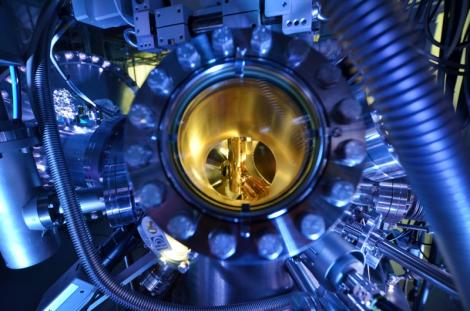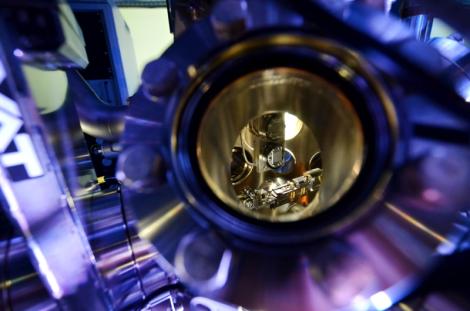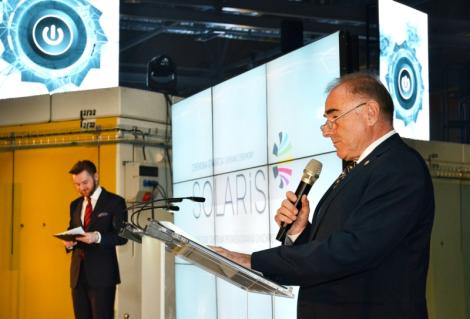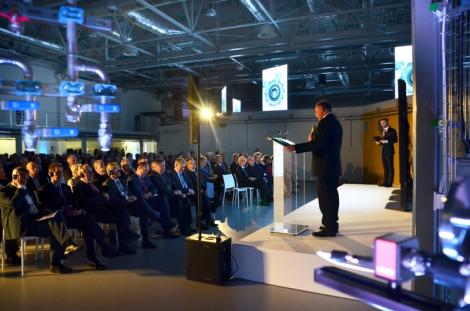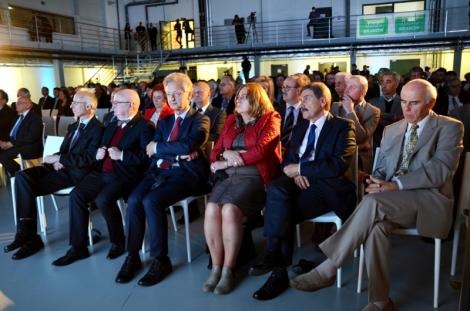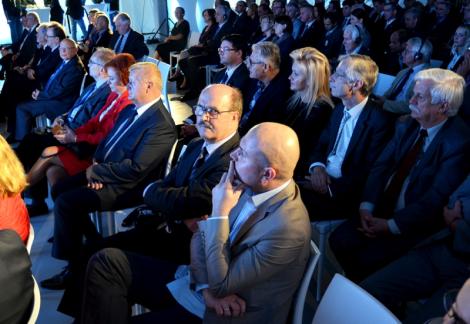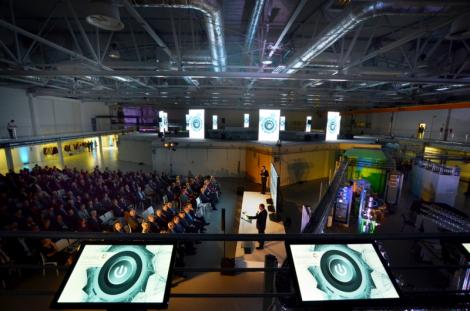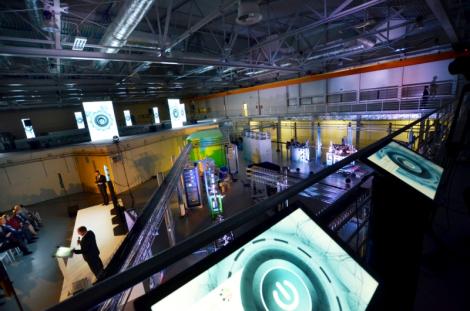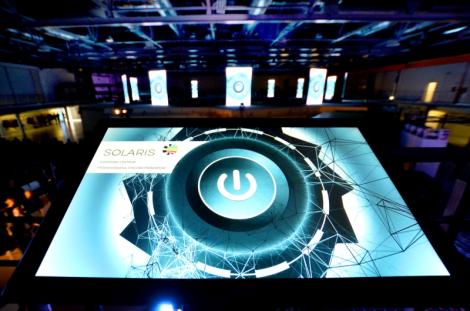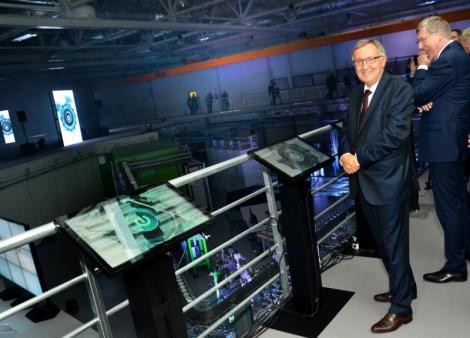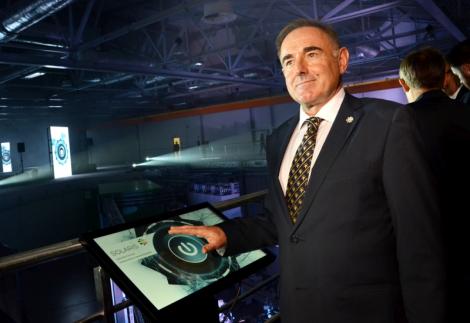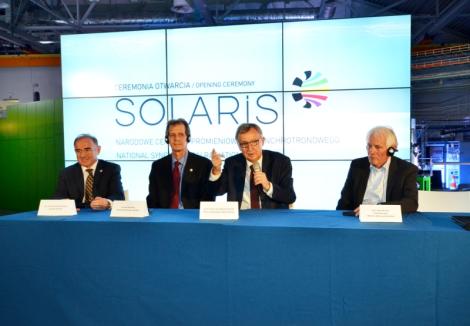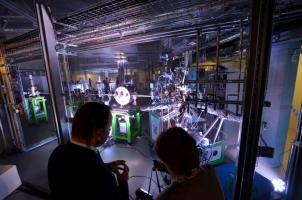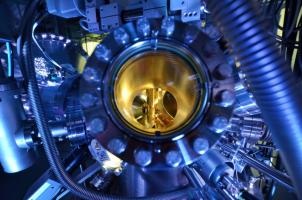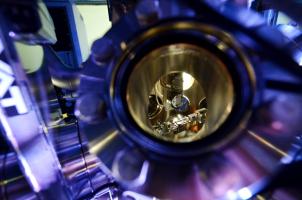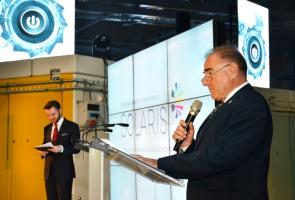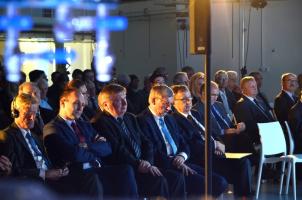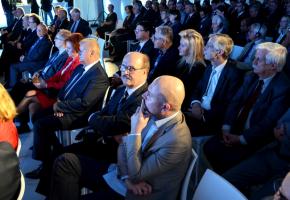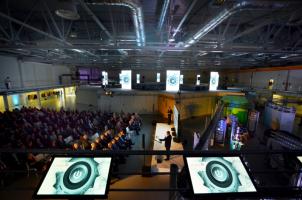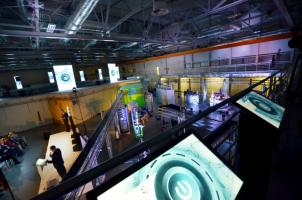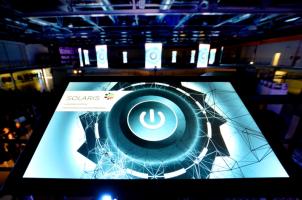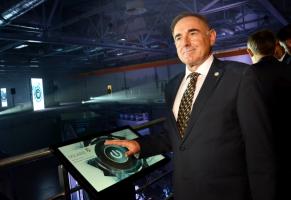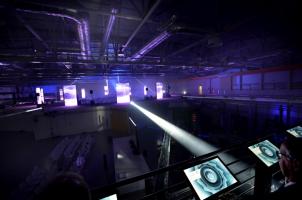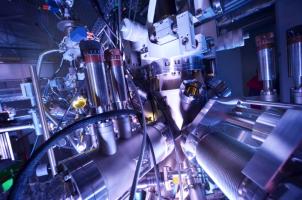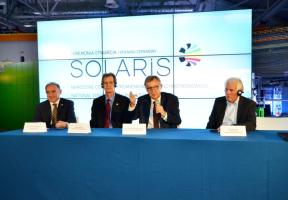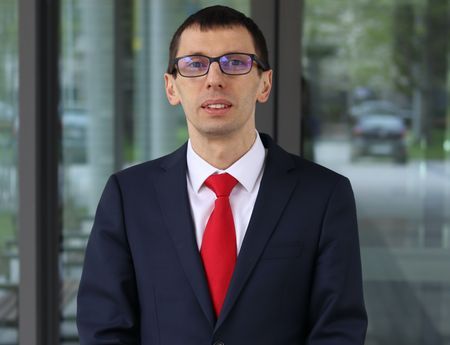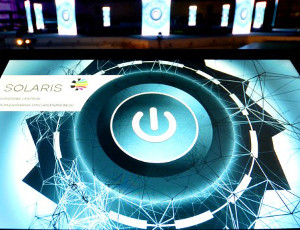
There are about 60 synchrotrons worldwide, most of them in Japan and the USA. In Western Europe, there are about 10. On 21 September 2015, the SOLARIS National Synchrotron Radiation Centre, located at the 3rd Campus of the 600th Anniversary of the Jagiellonian University Revival, joined this prestigious company.
The official opening ceremony was attended by the multinational SOLARIS research team as well as representatives of the university, local government, Polish research centres and the MAX IV Laboratory of the Lund University.
In his opening speech, Prof. Wojciech Nowak, JU Rector,emphasises his pride in the hard work of the research team. He also expressed his confidence in the fact that the synchrotron will prove an invaluable asset to Polish science and industry.
About the synchrotron
Synchrotron is an exceptional source of a unique light, the properties of which allow one to look deep into material and perform precise analyses of matter. It combines the function of the most precise microscope available and, in a way, of the scalpel. Thanks to synchrotrons, it is possible to see both the composition of the analysed matter and its structure. Synchrotron light also stimulates the processes occurring within the matter.
Synchrotrons will allow us to make breakthroughs in disciplines such as biology, chemistry, physics, material engineering, medicine, pharmacology, geology or crystallography. They contribute towards the development of innovative industries. Thanks to synchrotrons, it is possible to train research personnel at the highest level. The synchrotron also creates new possibilities in the field of science communication.
This is why the Solaris synchrotron was recognised as a strategic investment and included in the Polish Road Map for Research Infrastructures.
The Solaris synchrotron is an electron accelerator generating electromagnetic radiation of frequency ranging from infrared to X-ray frequency. The source of the electron beam is the electron gun. The electron beam generated by the gun is accelerated in the linear pre-accelerator, until it reaches the initial energy of around 550 MeV. The beam is then trans-ported and injected into the storage ring.
The storage ring is the heart of the Solaris synchrotron. It comprises 12 integrated electromagnets. The magnets are evenly spaced around the circumference of the 96 meter ring.
Their magnetic field changes the electrons trajectory and allows them to travel along the closed orbit. At each of the trajectory bends the electrons emit synchrotron radiation, i.e. photons, characterised by a broad scope of energy.
The brightness of the synchrotron radiation is millions time greater than the brightness of light generated on the surface of the Sun.
This unique radiation, modified by the particular elements of the experimental beam line, is finally directed to the research stations.
Unique properties of the radiation allow the scientists to conduct advanced research, which would not be possible using traditional laboratories. The synchrotron application is as broad as broad is the meaning of the word „matter".
text: Solaris synchrotron research team, www.synchrotron.uj.edu.pl



